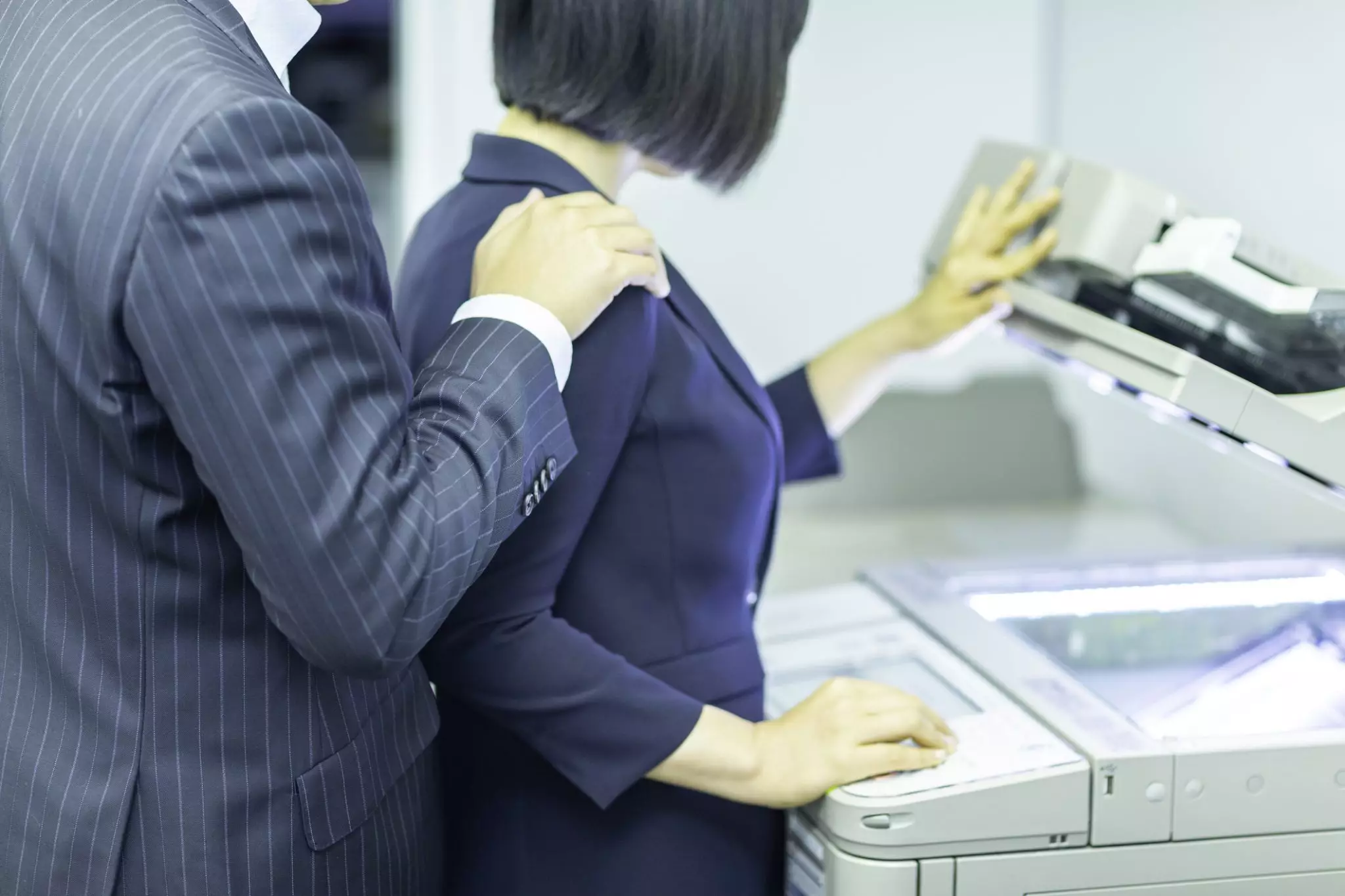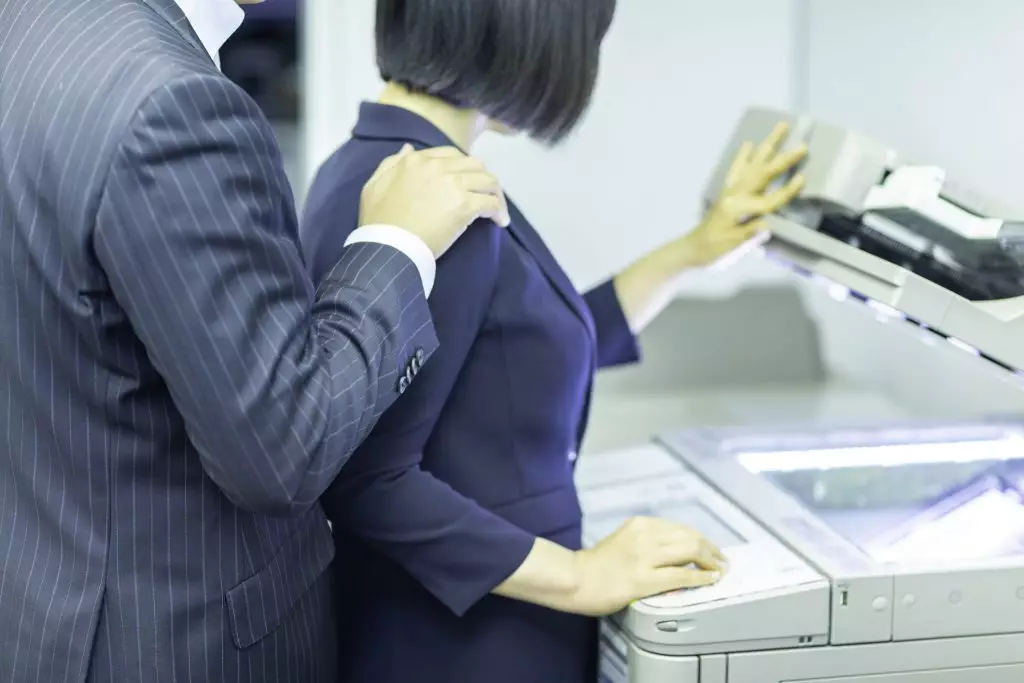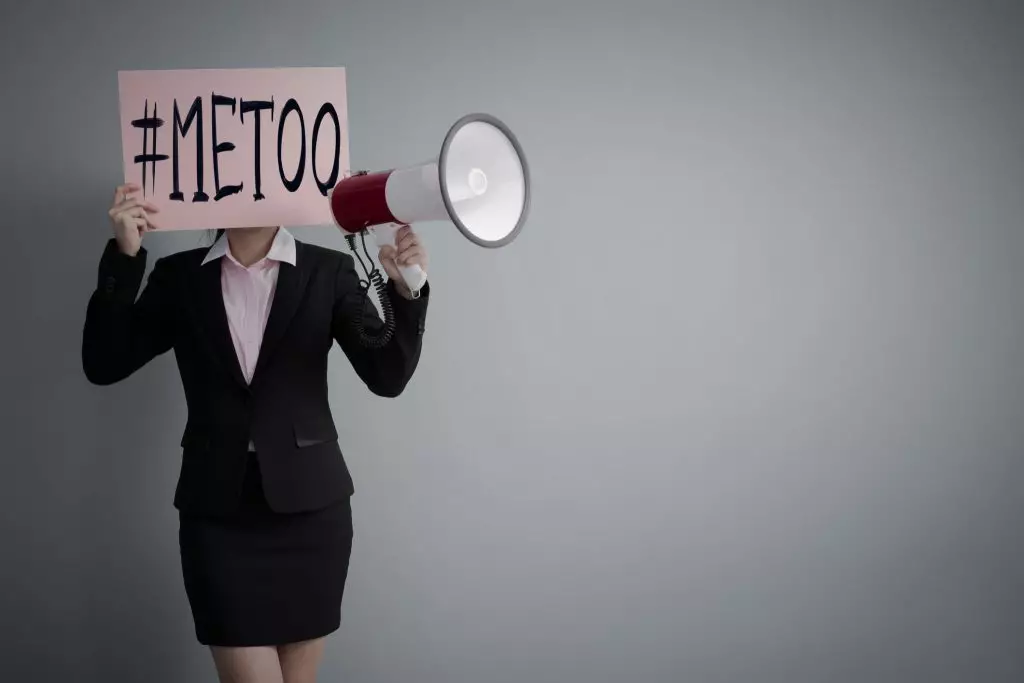MeToo Movement Fallout: The Good, the Bad, and the Ugly

When the #MeToo movement began gathering steam two years ago after media reports about sexual harassment perpetrated by what felt like a truly alarming number of men in powerful positions, it was easy to think things would change for the better for women. There are always skeptics about the potential for any movement to achieve lasting impacts, which begs the question: What has the MeToo movement accomplished? Have there been unintended consequences? Are things any different or better for women now? How does all this impact what’s happening in workplaces across the nation? This article explores these questions and more to uncover the good, the bad, and the ugly regarding the MeToo movement.

The Promise of the MeToo Movement
What did people who supported the emergence and growth of the MeToo movement hope it would accomplish? Below are some of positive early takes on the promise of the movement:
- Awareness: It was clear early on how the movement could make a substantial impact just by helping the public realize the true extent and prevalence of sexual harassment in the workplace. Before the MeToo movement, women’s experience of sexual harassment and assault was something that simply wasn’t talked about. As more women realized the time was ripe for finally speaking out, the MeToo hashtag became a symbol and rallying cry that empowered women to stop suffering in silence. The sheer magnitude of the problem was finally laid bare. A Washington Post-ABC poll showed that whereas only 47% of Americans felt workplace sexual harassment was a serious problem, in October 2017 that figure had risen to 64%.
- Deterrence: Many hoped widely publicizing the heinous acts of men in prominent positions of power would create a strong deterrence effect to reduce the incidence of sexual harassment and assault. After all, if even the rich, famous, and powerful could be brought down, sure that would make more men think twice about engaging in their own bad behavior towards women in the workplace.
- Accountability: Another potential impact perhaps best captured by the related #TimesUp hashtag is that the men who previously were getting away with their bad conduct would finally be held accountable for it. Unlike the MeToo movement, however, TimesUp had a more focused underlying goal – to support victims of sexual harassment in the workplace to seek justice. The Time’s Up Legal Defense Fund received $22 million in donations to help “…defray legal and public relations costs in select cases for those who have experienced sexual harassment or related retaliation in the workplace.” The TimesUp movement also advocates for legislation to punish companies that tolerate persistent harassment. In October 2018, a year after the emergence of the MeToo movement, an NPR-Ipsos poll revealed that 69% of American did feel the movement had created an environment in which perpetrators would be held accountable.
- Victim treatment: Many have also hoped that perhaps more women would be taken seriously when they do come forward about sexual harassment and assault. This is what’s behind the related #BelieveWomen hashtag. All too often women’s claims of sexual harassment are viewed with skepticism and don’t give them the benefit of the doubt.
Backlash Against the Movement
I mentioned at the beginning of this article that every movement tends to generate at least some backlash, and the MeToo movement is no exception. The previously-mentioned NPR-Ipsos poll also revealed that 43% of American feel the MeToo movement has gone too far.
In some cases, the backlash raises questions around what impact long-past incidences should have on a person in the present. How should an incident (or alleged incident) that happened more than 20 years ago impact a person today? The Brett Kavanaugh confirmation hearings held in advance of making him a Supreme Court justice was a high-profile instance of this backlash.
Another aspect of the backlash comes from those who fear the movement empowers women to make false allegations that will ruin a good person’s life. Movement supporters, however, are quick to point out that the prevalence of discounting women’s claims has far outstripped the more limited occurrence of false claims. They note how this type of backlash only serves to help perpetrators continue to get away with their misconduct.
To hone in on what that fallout has been in the workplace, a group of researchers administered two separate surveys to 152 men and 303 women as reported in a Harvard Business Review article. One of the topics it explored was to what extent men and women agree on what constitutes sexual harassment because some men have claimed they didn’t realize what they were doing was harassment. Their research concluded there were not significant differences in this regard. Both know what harassment is, so it’s not a matter of men not knowing or of women being “overly sensitive.”
What the researchers didn’t expect was how a couple aspects of MeToo backlash effects in the workplace would grow among men from their first survey in early 2018 to the follow-up survey they conducted in early 2019:
| MeToo Workplace Backlash Among Men | 2018 | 2019 |
| Men who said they’d be reluctant to hire attractive women: | 16% | 19% |
| Men who said they’d be reluctant to hire women for jobs involving close interpersonal interactions with men: | 15% | 21% |
Many rightly perceive these figures as steps backwards rather than making progress. The solution to sexual harassment in the workplace won’t be found in refusing to hire attractive women or to avoid interacting with women during the course of work. Has the MeToo movement gone too far? Given the widespread occurrence of harassment, the tendency to discount women’s claims, and the general persistent power differential between the genders in the workplace, the more logical conclusion is that it hasn’t yet gone far enough. After all, in the research study mentioned above, only 20% of the women who experienced sexual harassment in the workplace reported it because they feared because they feared negative consequences, retaliation, or being labeled as troublemakers.
Sexual Harassment in the Workplace
From 2010 to 2017, the number of sex-based harassment allegations filed with the Equal Employment Opportunity Commission (EEOC) was up and down between 12,146 and 12,860. Then in 2018 that figure jumped up to 13,055.
If only a small fraction of women report the harassment they experience in the workplace (20% from the research mentioned above), then these numbers are generally far too low to be representative of the actual incidence of harassment in the workplace. The recent bump up above 13,000 cases might be attributed to the MeToo movement empowering more women to speak out and report. But it should still be assumed that there are many more instances of sexual harassment in the workplace than those officially filed with the EEOC.
A 2017 Cosmopolitan poll of 2,235 working women found that one in three had experienced sexual harassment in the workplace, 29% of whom reported it. Perhaps more disturbing is that among those few who did report, only 15% of them felt their report was handled fairly. This indicates the persistence of taking women’s claims seriously or doing anything about them in the workplace.
While the MeToo movement has certainly raised awareness about the prevalence of sexual harassment in the workplace, and is empowering more women to end the silence, it appears many workplaces are not stepping up to do much of anything about it. In fact, as many as 75% of women who speak up experience some form of retaliation. America’s workplaces can and must do better. An excellent starting point would be to study the EEOC’s comprehensive 2016 report on harassment in the workplace, nearly half of which is about what workplaces should be doing to prevent it.
